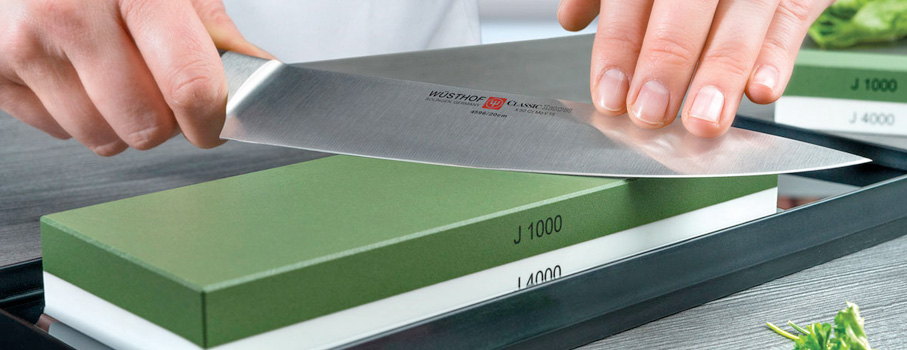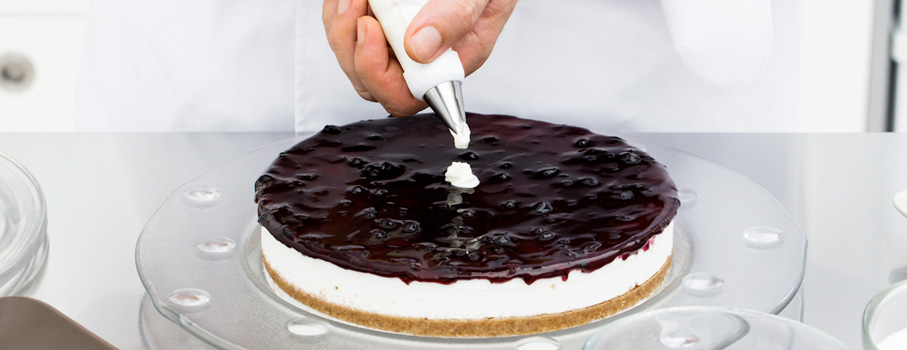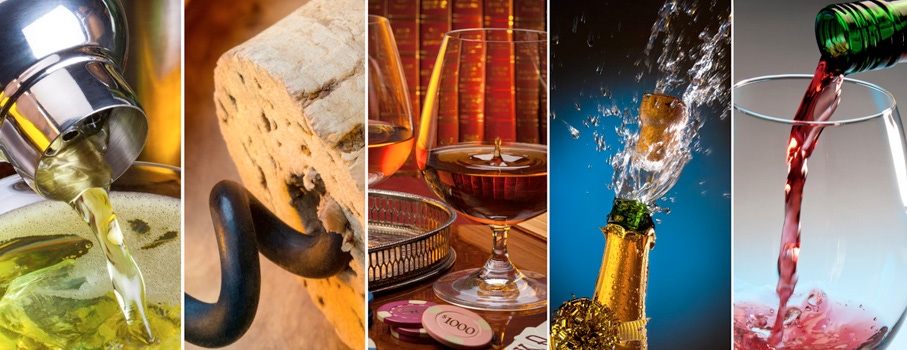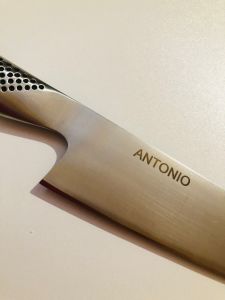Language
WORLDWIDE SHIPPING
Set of 12 knives Tecna line by Ambrogio Sanelli
was
€341.90
Special Price
€320.00
€262.30
Availability:
In stock
Reliability, precision and professional design come together in the Set of 12 Tecna knives by Ambrogio Sanelli, designed to meet the needs of professional chefs and cooking enthusiasts. Each knife is equipped with an ergonomic handle in colored polymer for immediate identification and a secure grip, even during prolonged use. The high-quality stainless steel blades guarantee precise cuts and a long-lasting edge.
The set includes:
• Vegetable knife (7 cm blade, green handle): ideal for small cuts and precision work on vegetables and fruit. (TT91.007G)
• Paring knife (11 cm blade, green handle): perfect for peeling, finishing and decorating with extreme precision. (TT82.011G)
• Multi-purpose knife with serrated blade (14 cm blade, green handle): excellent for bread, tomatoes and foods with resistant crust or peel. (TT90.014G)
• Narrow Boning Knife (16 cm Blade, Red Handle): Specially designed to easily separate meat from bone. (TD07.016R)
• Flexible Filleting Knife (18 cm Blade, Blue Handle): The thin, flexible blade ensures precise filleting of fish and delicate meat. (TC51.018L)
• Hollow Blade Santoku Knife (18 cm Blade, Green Handle): The ideal choice for slicing, chopping and mincing; the hollows prevent food from sticking to the blade. (TC50.018G)
• French Knife (18 cm Blade, Red Handle): Versatile and balanced, suitable for cutting meat. (TM09.018R)
• Chef's knife (20 cm blade, green handle): excellent for all cuts in the kitchen (TC49.020G)
• French knives (22 cm blade, red handle) suitable for a wide range of cuts, from meat. (TM09.022R)
• Chef's carving knife (28 cm, green handle): powerful and precise, perfect for large cuts and important work. (TC49 028 G)
• Salmon knife with alveolar blade (32 cm, blue handle): designed for precise cutting of salmon and other smoked or raw fish. (TA56.032L)
• Half-thrust knife (28 cm, red handle): robust and powerful, designed to effectively tackle bones, cartilage and hard cuts. (TQ03.028R)
This set is the ideal solution for those looking for reliable, durable and high-performance cutting tools, both in the home kitchen and in a professional environment.
FAQs

 IT
IT FR
FR









 IT
IT FR
FR

